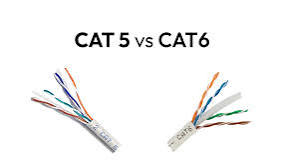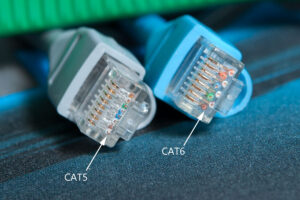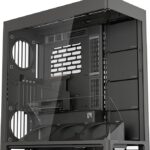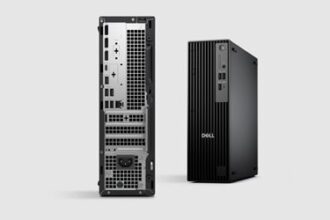- Which Ethernet Cable Should You Choose?
- Understanding the Key Differences Between Cat5 and Cat6 Cables
- Factors to Consider When Choosing the Right Ethernet Cable
Which Ethernet Cable Should You Choose?

Cat5 vs Cat6 In today’s digital age, reliable internet connectivity is essential for both personal and professional use. When setting up a home or office network, one of the most crucial decisions you’ll face is selecting the right Ethernet cable. Understanding the key differences between these cables can help you make an informed choice that meets your networking needs and budget.
Cat5 cables, short for Category 5, have been a staple in networking for many years. They support speeds of up to 100 Mbps and can handle a bandwidth of 100 MHz, making them suitable for basic internet and networking tasks. However, as technology advances, the limitations of Cat5 cables have become apparent, especially with the growing demand for higher speeds and better performance. This is where Cat6 cables come into play, offering superior performance with speeds of up to 10 Gbps and a bandwidth of 250 MHz. The enhanced specifications of Cat6 cables make them ideal for data-intensive applications, such as streaming, gaming, and large file transfers.
Understanding the Key Differences Between Cat5 and Cat6 Cables
While both Cat5 and Cat6 cables are designed for Ethernet networking, their construction and performance capabilities set them apart. One of the primary differences lies in their internal wiring. Cat5 cables are typically made with four twisted pairs of copper wires, while Cat6 cables feature thicker wires and improved insulation, which helps reduce crosstalk and interference. This difference in construction allows Cat6 cables to maintain signal integrity over longer distances, making them more reliable for high-speed data transmission.
Another significant aspect to consider is the maximum distance each cable can effectively cover. Cat5 cables can support up to 100 meters (328 feet) for optimal performance, whereas Cat6 cables can maintain their speeds up to 55 meters (180 feet) at higher speeds. Beyond this distance, performance may degrade. This is an important consideration for larger spaces or environments with multiple connections, as choosing the right cable can help ensure consistent internet speeds and connectivity throughout the area.
Factors to Consider When Choosing the Right Ethernet Cable
When deciding between Cat5 and Cat6 cables, the first factor to consider is your specific internet needs. If you only require a basic connection for browsing the web, checking emails, and streaming videos in standard quality, a Cat5 cable may suffice. However, if you plan to engage in more data-intensive activities, such as online gaming, 4K streaming, or running multiple devices simultaneously, upgrading to a Cat6 cable is advisable to ensure optimal performance and faster speeds.
Another critical factor is the current and future-proofing of your network. As internet speeds continue to increase and technology evolves, investing in Cat6 cables may be a wiser choice, the initial cost of Cat6 cables may be higher than that of Cat5, their enhanced capabilities and durability can provide better value for your investment, allowing you to accommodate future upgrades without needing to replace your cabling infrastructure.

In conclusion, when choosing between Cat5 and Cat6 Ethernet cables, it’s essential to weigh your current and future networking requirements. While Cat5 cables may still serve basic internet needs, Cat6 cables offer significant benefits in terms of speed, bandwidth, and reliability. By considering the key differences and factors that influence your choice, you can make a well-informed decision that will enhance your connectivity experience, both now and in the years to come. Whether you opt for Cat5 or make the leap to Cat6, investing in quality Ethernet cables is an important step toward building a robust and efficient network.





